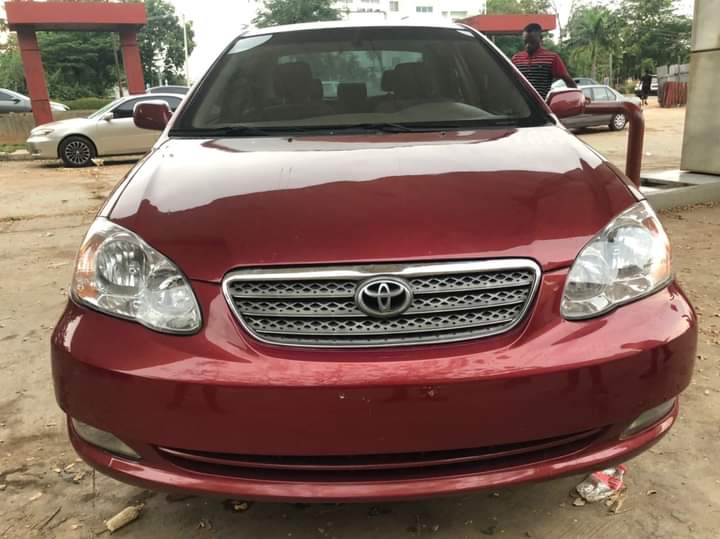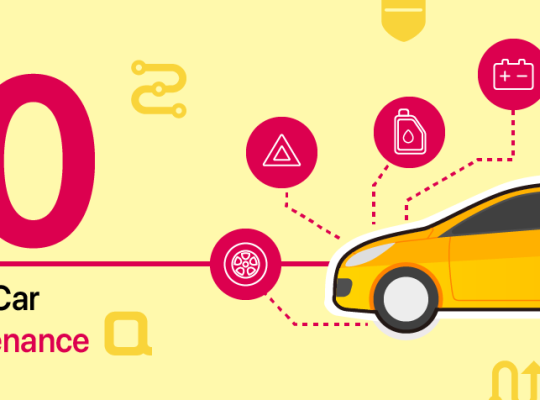Buying a used car can be one of the smartest financial decisions you make. You avoid the steep depreciation that hits new cars, often get more value for your money, and sometimes even enjoy features that would have been out of budget if bought new.
But let’s be honest—buying a used car can also be stressful, confusing, and risky. From shady dealers to cleverly disguised mechanical issues, the used car market is full of potential pitfalls.
This guide will walk you through everything you need to know to buy a used car without getting scammed, step by step.
1. Define Your Budget and Needs First
Why it matters:
Before you even start searching, know what you can afford and what you actually need.
Ask yourself:
-
What’s your total budget? Include registration, taxes, insurance, and potential repairs.
-
What type of car suits your lifestyle? Sedan, SUV, truck, hatchback?
-
Do you prioritize fuel economy, reliability, cargo space, or tech features?
Pro Tip:
Consider setting aside 10–15% of your budget for repairs or upgrades after purchase. Used cars often need some TLC.
2. Do Your Research Before Meeting Any Seller
Once you’ve narrowed down your options to a few makes and models, do some homework.
Key things to research:
-
Average market price of your chosen model (check sites like Kelley Blue Book, Edmunds, or local marketplaces).
-
Common issues with that make/model/year.
-
Maintenance costs and parts availability.
-
Fuel economy and insurance rates.
Red Flag:
If a deal looks too good to be true, it probably is. Scammers often lure buyers with unrealistically low prices.
3. Choose Where to Buy: Dealer vs. Private Seller
Each has its pros and cons:
| Option | Pros | Cons |
|---|---|---|
| Dealership | Easier financing, legal accountability, warranty options | Higher prices, pushy sales tactics |
| Private Seller | Lower prices, potential for negotiation | No warranty, higher risk of scams |
If you’re buying from a private seller, always meet in a public place and bring someone with you. If from a dealer, research reviews and check if they’re registered with local auto dealer associations.
4. Always Ask for the Vehicle History Report
This is one of the most important steps in buying a used car. The vehicle history report tells you the story behind the car.
Look for:
-
Number of previous owners
-
Accident and repair history
-
Title status (avoid salvage titles!)
-
Odometer readings
-
Maintenance records
Where to get it:
-
Ask the seller to provide one via Carfax or AutoCheck
-
If not available, use the VIN (Vehicle Identification Number) to pull the report yourself
Red Flag:
If the seller refuses to provide a history report or seems evasive, walk away.
5. Inspect the Car Thoroughly—Even If It Looks Good
This is where many people get fooled. A freshly washed, shiny car doesn’t mean it’s in good condition. You need to inspect carefully, inside and out.
Exterior Check:
-
Look for mismatched paint (could indicate repairs)
-
Check for rust, dents, or scratches
-
Inspect tires for even wear
Interior Check:
-
Check upholstery for tears or stains
-
Test all electronics: windows, lights, AC, infotainment
-
Look for water damage (a musty smell or foggy lights may indicate flooding)
Engine Bay:
-
Check for leaks, rust, or broken components
-
Pull out the oil dipstick—clean oil is a good sign
6. Always Get a Trusted Mechanic to Inspect It (Pre-Purchase Inspection)
This step alone can save you thousands.
Even if the car looks fine, hidden issues can only be spotted by a professional. A mechanic can identify:
-
Engine problems
-
Transmission issues
-
Brake and suspension wear
-
Frame damage from past accidents
Red Flag:
If the seller refuses an inspection or insists you trust them, that’s your cue to leave.
7. Take a Proper Test Drive—Don’t Just Go Around the Block
The test drive is your chance to feel how the car actually performs.
What to do:
-
Drive on different road types (highway, bumpy roads, traffic)
-
Listen for odd sounds (clunks, squeaks, engine knocking)
-
Test braking (should be smooth and responsive)
-
Check acceleration and shifting (no jerks or delays)
-
See how the steering feels—shouldn’t pull to one side
Bonus:
Use this time to test everything else—seat adjustment, AC, Bluetooth, lights, windows, wipers.
8. Check the Title and Ownership Documents
This part is critical to avoid buying a stolen or illegally salvaged vehicle.
What to verify:
-
Name on the title matches the seller’s ID
-
VIN on the title matches the VIN on the car
-
No “salvage,” “rebuilt,” or “flood” labels unless you’re knowingly buying it
-
No outstanding loans (check for lienholders)
Pro Tip:
In some countries, you can verify title info through government portals or motor vehicle authorities.
9. Negotiate Smartly—But Be Reasonable
Used car prices are almost always negotiable, especially with private sellers.
Tips to negotiate:
-
Know the car’s market value and condition
-
Use any issues found during inspection to lower the price
-
Be firm but polite—don’t lowball unless there’s good reason
-
Be ready to walk away if it doesn’t feel right
Common Scam:
Some sellers apply pressure tactics like “other buyers are interested.” Don’t fall for it—take your time.
10. Complete the Sale Safely and Properly
When you’re ready to close the deal, make sure all paperwork is in order.
For Private Sales:
-
Get a bill of sale signed by both parties
-
Sign and exchange the vehicle title
-
Submit paperwork to the relevant motor authority to transfer ownership
For Dealers:
-
Read the fine print on the purchase agreement
-
Check for hidden fees
-
Ask for a warranty or return policy in writing
Payment Tip:
Avoid carrying large amounts of cash. Use a bank transfer or certified cheque if possible.
Bonus: Beware of These Common Used Car Scams
Here are some red flags you should always watch out for:
| Scam | What It Is | How to Avoid |
|---|---|---|
| Title Washing | Hiding a car’s salvage/flood status | Always check the vehicle history report |
| Odometer Rollback | Reducing mileage reading to increase value | Compare odometer with service records |
| VIN Cloning | Using a stolen car with another car’s VIN | Check the VIN in multiple places on the car |
| Fake Escrow Services | Seller insists on third-party payment platform | Only pay through trusted, official channels |
| Pressure Selling | “This deal won’t last!” | Don’t rush—scammers rely on urgency |
Conclusion: Knowledge is Your Best Defense
Buying a used car doesn’t have to be a gamble. When you take the time to research, inspect, and ask the right questions, you minimize your risk of being scammed—and maximize your chances of getting a great deal.
Here’s a quick checklist you can screenshot:
✅ Define your budget and car needs
✅ Research market prices and common issues
✅ Choose a reputable seller
✅ Get a vehicle history report
✅ Inspect the car thoroughly
✅ Have a mechanic do a pre-purchase inspection
✅ Take a real test drive
✅ Verify all documents and title status
✅ Negotiate wisely
✅ Finalize sale securely
A car is a major investment, even when it’s used. Be smart. Be cautious. And most importantly, trust your instincts—if something feels off, it probably is.


